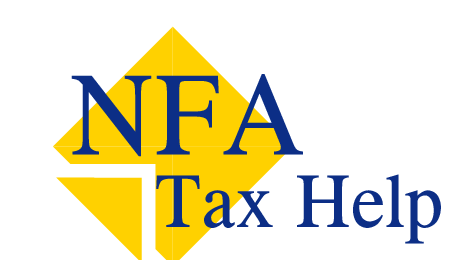Wage Garnishment
How We Can Solve It
The tax problem of wage garnishment does not pop up out of nowhere. It starts either with unfiled returns or with filed returns with tax liability that ends up creating an IRS tax debt. Then it travels with IRS notices that no one responds to. It may proceed to a revenue officer and then to wage garnishment or the garnishment will be levied on the wages of the taxpayers even without revenue officers.
The question is how to successfully implement a wage levy release. The first order of business is to file the unfiled tax returns. The IRS calls this compliance. So, we must first be in compliance with filing all the unfiled returns.
The next two steps are negotiation of an agreement such as installment agreement, offer in compromise or currently not collectible status. Then, and only then we can release the garnishment.
How Quickly Can We Solve a Wage Garnishment?
The speed of our work depends on three scenarios.
-
The first scenario is when you have filed all your taxes and the resulting amount of the IRS debt is under a certain threshold. In this case the IRS settlement can be carried out fairly quickly, possibly the same day.
-
The second scenario is when we need to prepare some unfiled tax returns. We must file those first and then negotiate. How long does the process take in this case? It will depend on the motivation of the taxpayer and the agility of your tax attorney, your CPA or enrolled agent. It can be done the same day or it may take a few days depending on how many tax returns have to be prepared. Again, the key is how responsive the person who is providing the tax help is, and, of course, you as the taxpayer. Theoretically, it may occur the same day. Practically, it will be more than one day.
-
The third scenario is the most complicated. It is when you have not filed many years of tax returns and when the prepared returns show a large tax debt. Then we must provide a rather massive amount of documents that may take you a few days to chase and then comes the phase of presenting those documents to your representative.
Your tax attorney or your CPA must calculate your ability to pay and the net assets available to determine the type of agreement or the amount to offer to pay the IRS. This phase may prove to be intricate and requires the indispensable skill of a tax professional.
The tax professionals must navigate what is called national standards when they study your expenses which will influence the nature of the tax resolution. You could qualify after an analysis of those expenses, assets and liabilities, for an offer in compromise or currently not collectible status.
If you don't qualify for those better alternatives, then you have the installment agreement option. That is where things start to get hairy. The challenge is how much will the IRS accept as a monthly tax settlement for your back taxes.
If your back taxes are under a certain tax debt threshold, that amount may not pose a tax resolution problem. The challenge is when you exceed that threshold. The analysis of income and expenses may reveal a crippling monthly amount that you must pay the IRS. That is why you need all the skills that you can muster in order to navigate such installment agreement negotiation safely.
In summary, to release a wage garnishment, you must first file the unfiled tax returns. You must negotiate an agreement whether installment agreement, offer in compromise or currently not collectible. The type of agreement and the amount you pay monthly to the IRS may pose some challenges. Once the type of agreement is determined, then you will be able to release the wage garnishment or the IRS levy.
